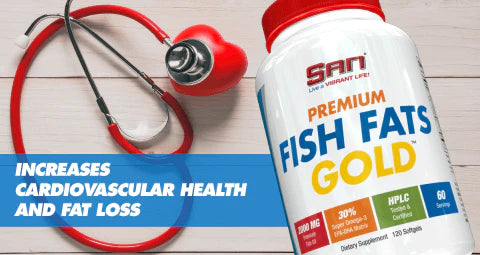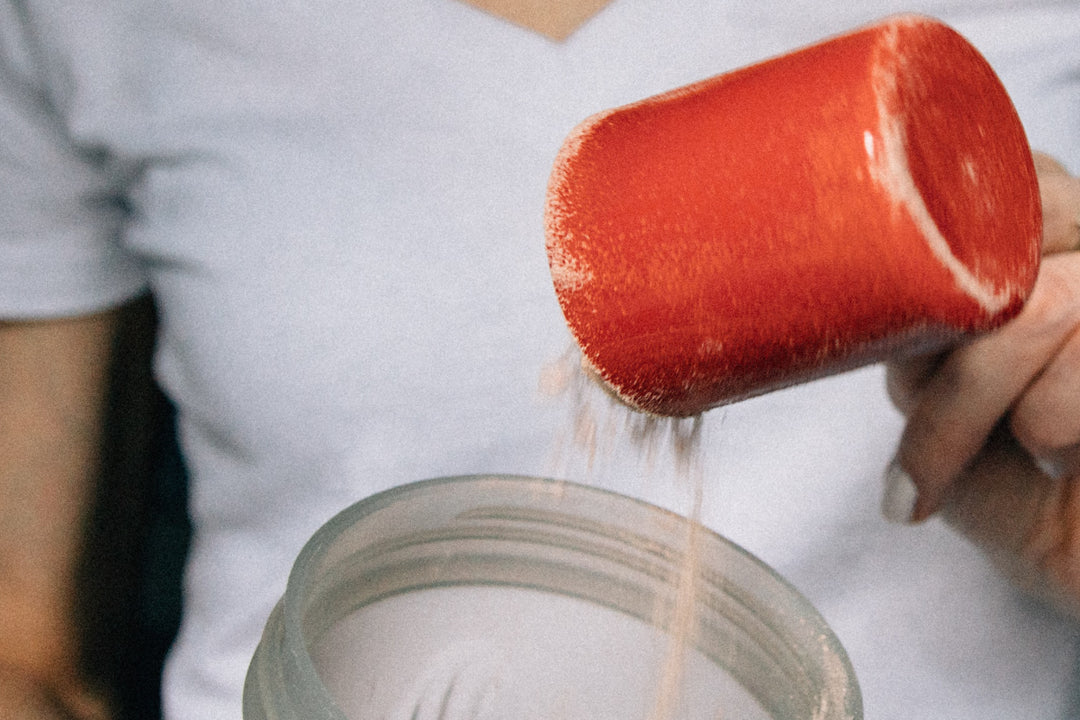As much as we all hate it, joint pain is a common issue, and that can be regardless of your age or activity level. Luckily, whether it's from injuries, age, or excessive activity, we have some simple steps to improve joint health for long-term, pain-free living.
Let's consider the easy fix first. If your joints ache because you're too sedentary, get up and start doing something! The benefits of physical activity go well beyond joint health. Start moving more, even if it's just minimal activity, and your joints, heart, and well-being will thank you.
And if you experience joint pain because of overuse or repetitive motion, the answer isn't necessarily to stop unless the pain is severe, but you should develop a plan to take the steps to improve joint health. Below is a list of common causes for occasional and chronic joint pain.
Common Causes of Joint Pain- Weight gain
- Swelling/inflammation
- Lack of exercise
- Overuse/repetitive movements
- Poor nutrition
Luckily, it isn't difficult to improve your joint health, and it shouldn't take long before you start to notice positive results and decreased pain. Adjusting your activity to avoid pain or improve range of motion and focusing on nutrition to ensure you're not lacking nutrients that support healthy joint movement are big keys.
Simple Steps to Improve Joint HealthExercise
Joint pain can result from simply not moving your joints enough, so start moving more!Multi-joint exercises you typically see in weight workouts are great but not absolutely necessary. If you don't want to go to a gym, don't have exercise equipment at home, or would simply rather do something else, there are plenty of options. Any exercise is better than none.
Whatever method of exercise you choose, be sure to use proper exercise form, avoid high-impact movements, and include stretching movements (more on that below). High-intensity (or even medium-intensity) workouts are great for improving movement, increasing blood flow, and strengthening your heart. Just realize that high-intensity and high-impact are different, as it's the high-impact movements that can cause joint pain in some people.
Note: Use a variety of movements to avoid overly repetitive motions that can add to joint injuries, and if an exercise causes pain, don't do it (muscle burn doesn't count as pain so much as result-producing-discomfort).
Stretch
Stretching is vital for health and flexibility, and a full stretching routine can count as your exercise if necessary.
The key is to find a good stretching program, but never rush your stretches, as that's a quick way to a whole new injury. Concentrate on progressive stretching when muscles are tight, and it's usually a good idea to do some other form of exercise or light cardiovascular work to warm up the muscles. Yoga can be a great way to blend the benefits of exercise while working on flexibility.
Manage bodyweightExcessive bodyweight stresses your joints, organs, and general health. If you need to lose weight or what to build some lean muscle, choose an exercise program you'll enjoy, and a nutritional plan you'll stick with. Set a long-term plan, not a short-term "diet," and start enjoying the effects of more mobility, improved well-being, and less pain.
Eat wellNutrition affects your bones and joints. Food allergies can cause painful inflammation in joints and connective tissue, so if you're doing everything else right and still have pain, it might be worth getting tested for allergies. And beyond allergies, a healthy, balanced diet can help you avoid joint pain anyway.
On top of a well-balanced diet, there are also supplements that can have a noticeable effect on joint health and mobility. The combination of glucosamine, chondroitin, and methylsulfonylmethane (MSM) are often referred to as "the fountain of youth" for joints. SAN's Glucosamine Chondroitin combines those nutrients and is ideal for everyone from elite athletes to those who are just trying to be more active.
Take these simple steps to improve joint health: Exercise regularly, work on your flexibility, maintain a healthy bodyweight, and eat with wellness in mind. The benefits go far beyond just pain-free bones and joints-you'll also be able to look forward to better overall health, mobility, and active living.














